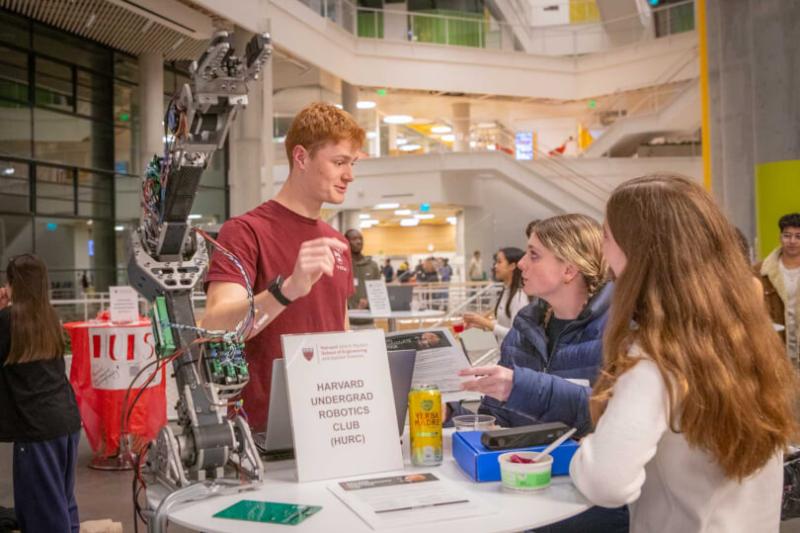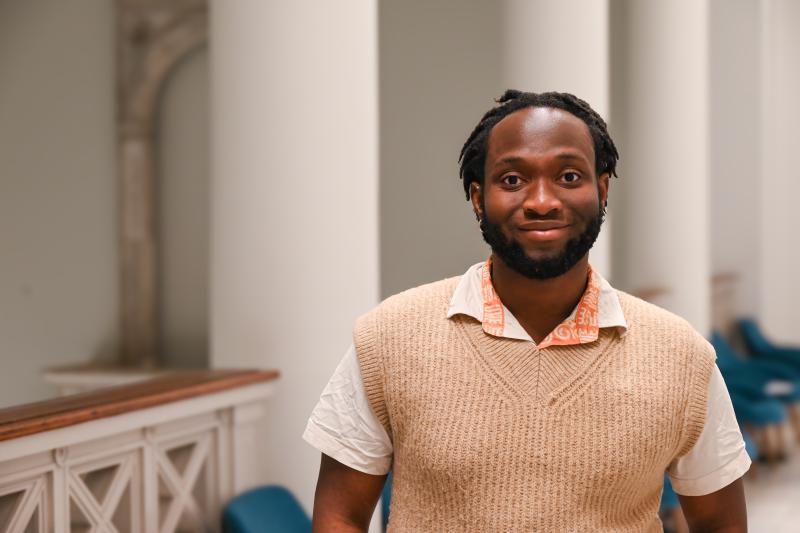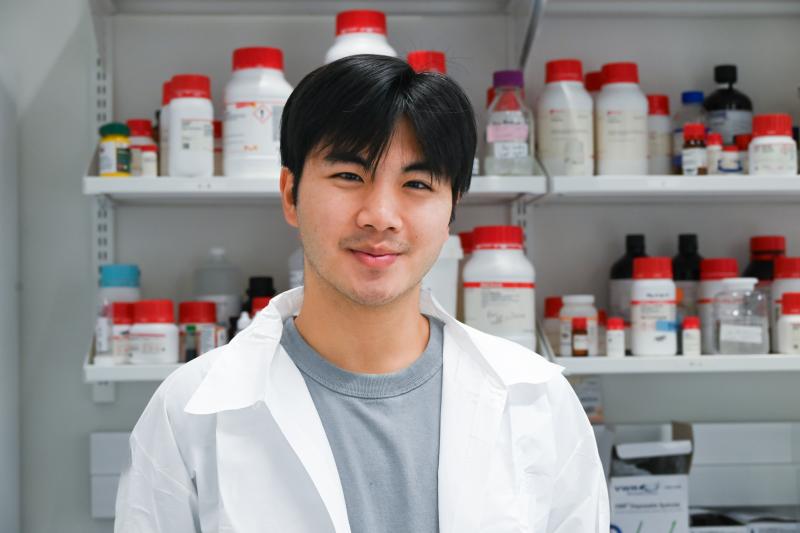
Thesis Spotlight: At The Frontiers of Biomedical Research
Jay, Molecular & Cellular Biology, and Statistics
Identification and Validation of Neuron Subtype-Specific and Compartment-Specific Ribosome-Associated Complex Proteins Potentially Involved in Translational Regulation and Connectivity
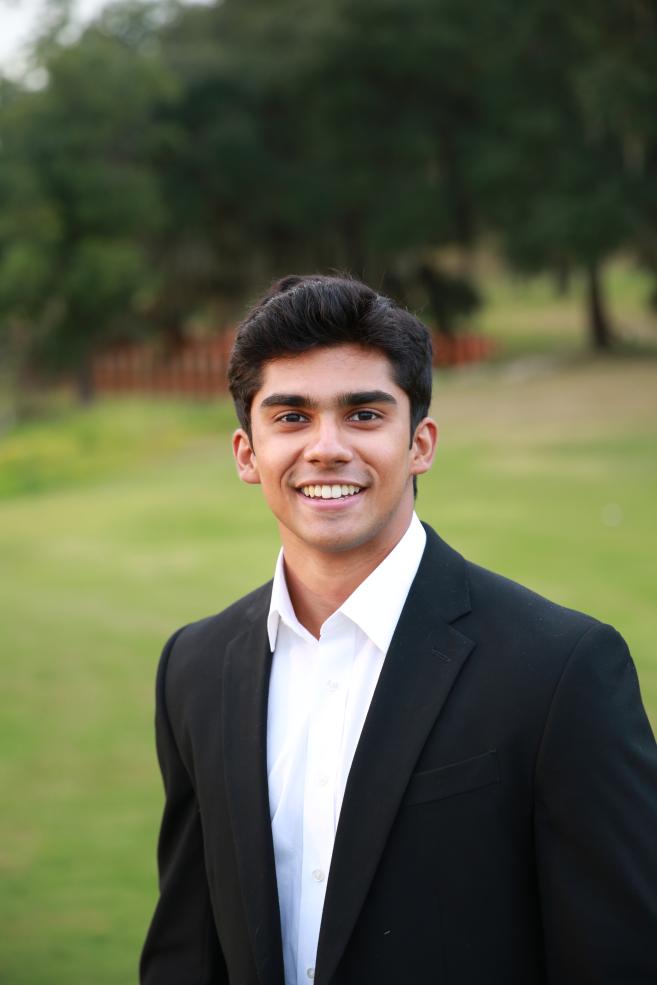
After Jay’s grandfather relocated his family from India to Baton Rouge, Louisiana, he taught Jay to love biology and observe the natural world with curiosity and care. What began as an interest in planting Indian spices soon shifted into a new passion for investigating the molecular roots of the human brain.
Jay knew he wanted to help change illness outcomes after several close family members were diagnosed with rare neurological conditions. In his senior thesis, Jay pursued his most ambitious questions. How is the brain fundamentally constructed? Could the key lie in ribosomes — the molecular machines that make proteins? Are all ribosomes the same?
Jay’s work, alongside his bench mentor Tien Tran, suggests that different types of neurons — and potentially even different parts of the same neuron — may use various ribosomes to manufacture specific proteins. “I’ve always been curious about how the brain wires itself so precisely during development,” he said. “I was drawn to the Macklis Lab at Harvard, which studies how neurons form long-range connections. We found that 16 ribosomal proteins were present in one type of neuron, but totally absent in another. That shocked me; ribosomes could be specialized depending on the neuron’s job.”
Jay hopes to inspire others to see ribosomes as dynamic and adaptable tools that help neurons function properly. “If we can figure out how specific proteins are made in different neuron types and compartments, we might be able to better understand — and eventually treat — developmental and degenerative brain disorders,” he says. “This work could help us identify new therapeutic targets or design more precise interventions.”
Jay will begin medical school following graduation to become an academic neurologist or neurosurgeon. “I want to keep asking hard biological questions while also treating patients,” he said. “This thesis helped me grow as a scientist and future clinician. Whether I’m in the lab or the hospital, I’ll carry forward what I’ve learned about persistence, curiosity, and how much there still is to discover about the brain.”
Alyson, Chemical and Physical Biology
Epigenetic Reprogramming: A Novel Therapeutic for Amyotrophic Lateral Sclerosis

When exploring the topics of mortality, aging, and diseases, Alyson from Claremore, Oklahoma, turns to science. “I’ve always been existentially concerned about the fact that our lives are so limited,” she said. That mindset brought her to the David Sinclair Lab at Harvard, one of the leading research centers on the biology of aging. Rather than treating aging as a passive, natural process, the Sinclair Lab challenges the status quo by treating aging as something we can study, target, and potentially reverse.
For her senior thesis, Alyson explored a new angle on a neurodegenerative disorder, Amyotrophic Lateral Sclerosis (ALS). Her project supports a growing idea in the scientific community that aging itself may be the underlying driver behind many chronic conditions. “Aging is the root cause,” she explained. “If we treat aging, we might be able to treat all these diseases at once.”
Her research zeroes in on a process called epigenetic reprogramming — the idea that we can reset the "software" that runs our cells without changing the underlying "hardware", DNA. This could allow us to reverse signs of aging at the cellular level and restore youthful function. “I was amazed that we can actually take an old cell and make it behave like a young one — without changing its identity,” Alyson said. This concept builds on Nobel Prize–winning work by Shinya Yamanaka, who discovered that adult cells could be reprogrammed back into a stem cell–like state. Alyson’s project applies this idea in a more targeted way, aiming to make cells biologically younger without turning them into stem cells to develop more effective, safer therapies.
Alyson hopes her thesis makes people reconsider aging limitations. “We don’t have to accept aging as inevitable; it’s a disease process we can understand, characterize, and potentially cure. If we succeed, we’re not just treating one disease — we’re rewriting how we think about medicine altogether.”
Her research is a first step in showing how epigenetic reprogramming might work in the nervous system, offering new hope for treating currently incurable diseases. “This thesis clarified my mission,” she said. “It taught me to be bold — to question assumptions and reject the idea that aging is untouchable. We can, and should, challenge that.”
Coby, Biomedical Engineering
Comparative Microvascular Profiling in Speech-Related Brain Regions Using Arterial Spin Labeling Magnetic Resonance Imaging: A Study of Healthy Individuals and Moyamoya Patients
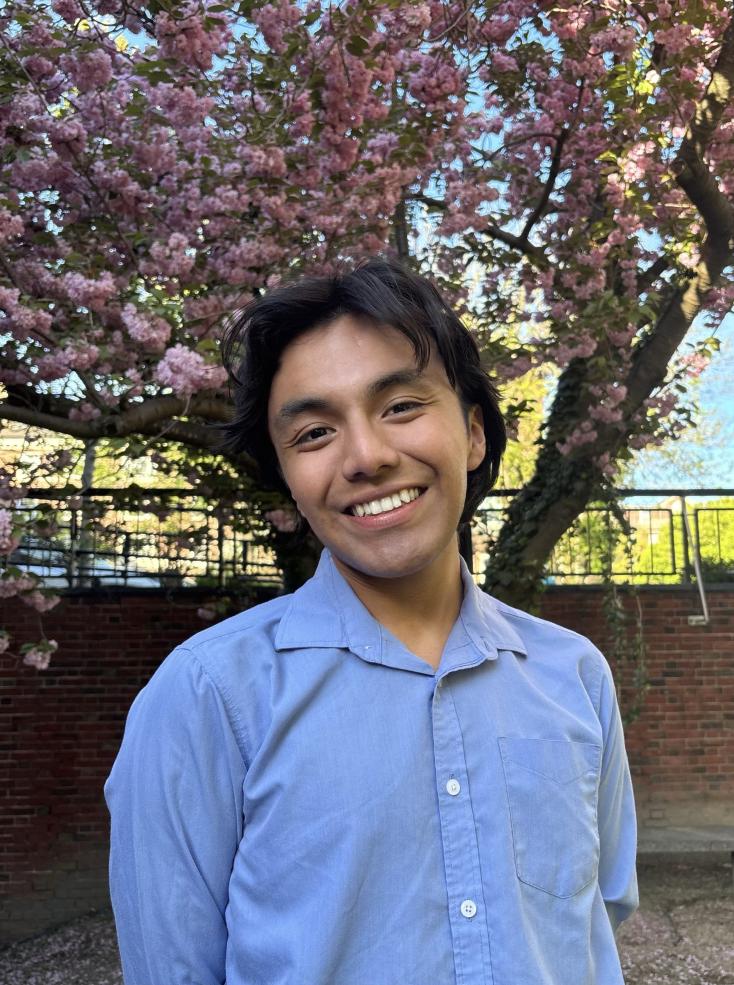
Coby’s foster mother was 34 when she had a hemiplegic stroke. “I wanted to understand how that could happen so young — and how to prevent it,” he said. Watching her adapt to daily life with partial paralysis sparked his curiosity and compassion.
In his junior year, Coby joined the Cerebrovascular Aging and Spin Labeling Lab at Massachusetts General Hospital to study Moyamoya disease, a condition where arteries in the brain narrow and form fragile collateral vessels. Using arterial spin labeling (ASL) MRI, he investigated how Moyamoya alters cerebral blood flow in speech- and language-related brain regions.
Through his research, Coby made three important discoveries. First, Moyamoya disease reduces blood flow to speech-related brain regions. Second, blood pressure medication affects brain regions differently, highlighting the need for region-specific analysis. Lastly, women experience a slower decline in cerebral blood flow than men, possibly due to estrogen’s protective effects.
“The data is one thing — interpreting the story is the hard part,” Coby said. While Moyamoya was once thought to primarily affect East Asians, U.S. data and Coby’s findings show it occurs across diverse populations. “If we only look in one group, we risk missing it in others. Science shapes diagnosis, treatment, and understanding. I hope my thesis helps improve detection and reminds clinicians that disease doesn’t affect everyone the same way.”
Coby expressed gratitude to individuals living with cerebrovascular conditions, whose experiences informed his research. He also thanked his biological parents immigrated to the U.S., his foster mother for her strength, and the teachers who inspired his passion for science — Ms. Jessica Gattuso, Meli Chen, and Mrs. Ratcliff to name a few.
For Coby, writing his thesis was more than an academic exercise — it was a way to give back to the education system that shaped his journey from foster care in Indianapolis to Harvard, a path few former foster youth take, with only 3–6% attending college. After graduation, he will teach biology in New York, hoping to pay it forward to the teachers who supported him, and eventually attend medical school to become a professor who teaches future doctors not just how to diagnose, but how to explain and connect.

